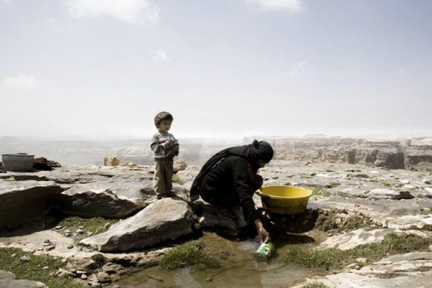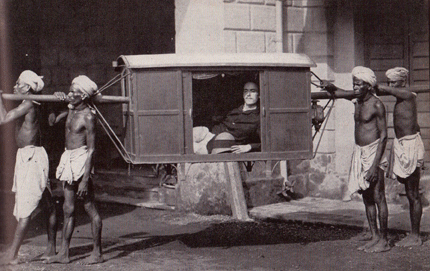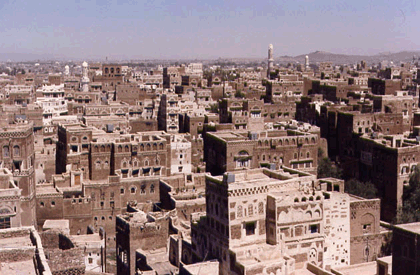
غيول» اليمن تموت استنزاÙاً
عمر الØيان
المصدر أونلاين – الØياة
January 5, 2012
تعدّ الأنهار، أو الغيول كما يسميها اليمنيون، الشرايين الØيوية للموارد المائية ÙÙŠ اليمن، Ùأرض اليمن هبة الغيول، مثلما مصر هبة النيل. ومنذ آلا٠السنين اعتمدت الØضارات اليمنية المتعاقبة على جريان الغيول ÙÙŠ الأودية، وعلى ضÙاÙها شيّد الإنسان اليمني Øضارته وأقام جنات سبأ ومعين.
ومقارنة بشبه الجزيرة العربية، أضÙت الطبيعة الجبلية وكمية المتساقطات والمدرجات الخضراء طوال العام جمالاً وغنى على اليمن، ما جعل الأوروبيين يطلقون عليها لقب الأرض السعيدة. لكن الوضع اليوم مختلÙØŒ إذ تربض العاصمة صنعاء Ùوق Øوضها المائي المهدد بالنضوب سنة 2025ØŒ ÙˆÙقاً لدراسة أجراها مشروع إدارة Øوض صنعاء، Ù„ØªØµØ¨Ø Ø£ÙˆÙ„ عاصمة ÙÙŠ العالم بلا مياه ربما بØلول سنة 2017.
مدينة صنعاء، الواقعة على ارتÙاع 2150 متراً Ùوق Ø³Ø·Ø Ø§Ù„Ø¨Øر، والمتربعة على قاع منبسط تØيط به الجبال من كل الجهات، كانت قبل أربعين عاماً منبعاً للغيول التي يعتمد عليها السكان ÙÙŠ الشرب والزراعة، ولعلّ أشهرها الغيل الأسود الذي ينبع من شمال صنعاء.
تغيّرت Ù…Ù„Ø§Ù…Ø Ø§Ù„Ù…Ø¯ÙŠÙ†Ø©ØŒ واندثرت الأراضي الزراعية تØت مباني الأسمنت المتمددة ÙÙŠ كل الاتجاهات، مع ارتÙاع عدد سكانها إلى Ù†ØÙˆ مليون وخمسمائة أل٠نسمة، يعتمدون على الآبار الجوÙية للØصول على مياه للشرب وللأعمال الإنشائية والصناعية والزراعية. وقد Ø£ØµØ¨Ø ÙÙŠ سجلات أمانة العاصمة Ù†ØÙˆ 16 أل٠بئر، بعمق بات يتجاوز 1000 متر.
ÙŠØكي الØاج Øسين علي، من أهالي صنعاء، أنها كانت تعتمد على الغيول والآبار اليدوية التي لا يتجاوز عمقها عشرة أمتار. ÙˆÙŠØ´Ø±Ø Ø¨Øسرة كي٠جÙت آبار صنعاء القديمة بعد «مشروع السائلة»، الذي رص٠مجرى السيول وسط العاصمة.






